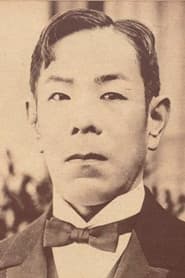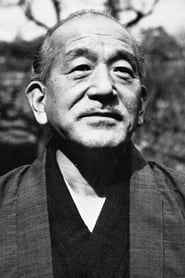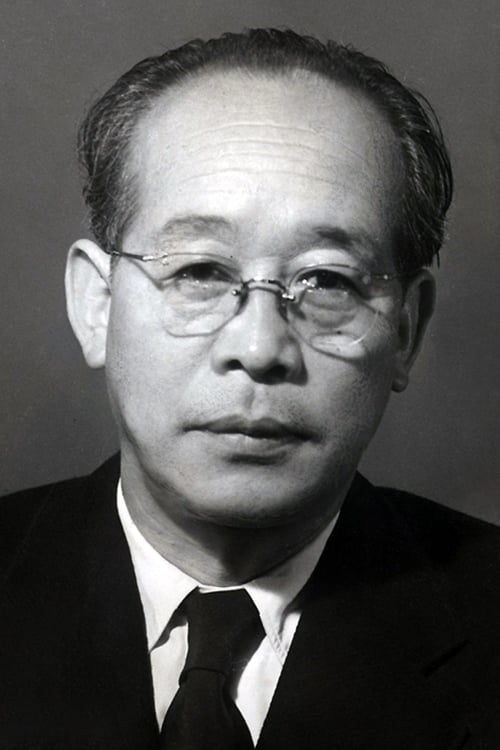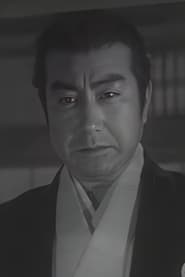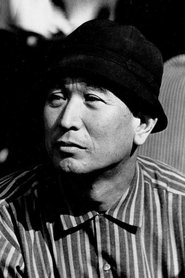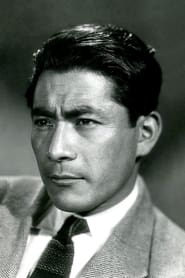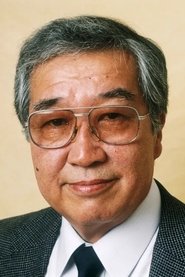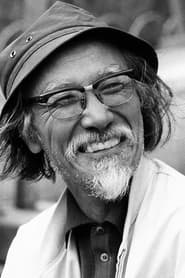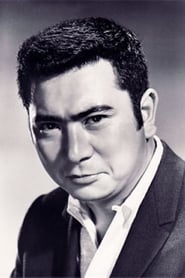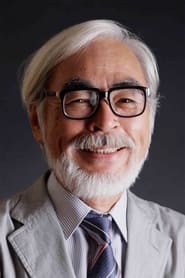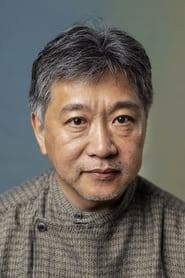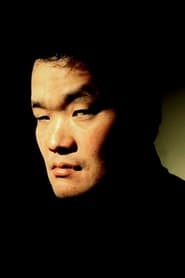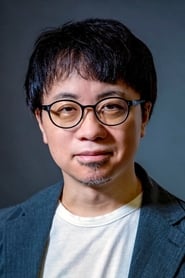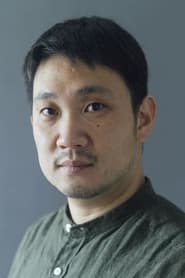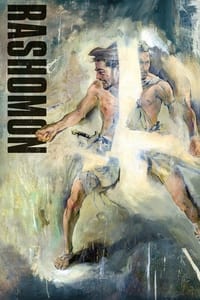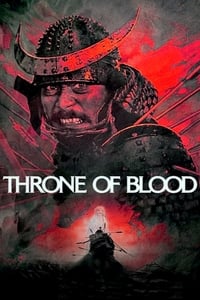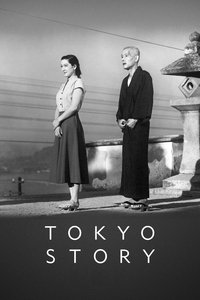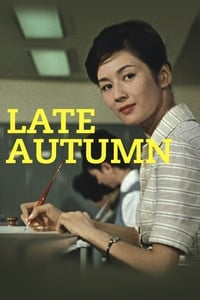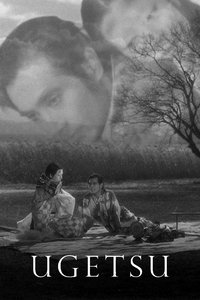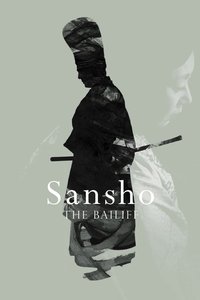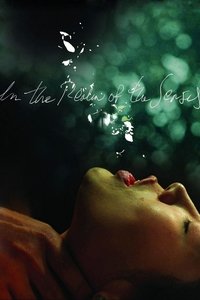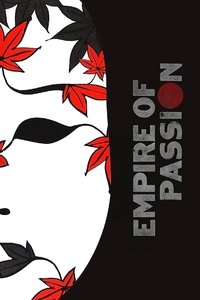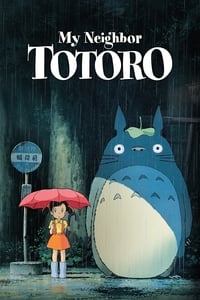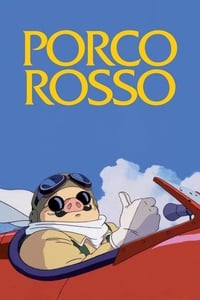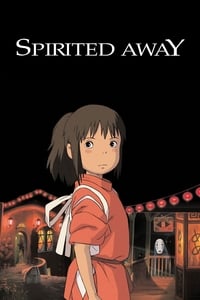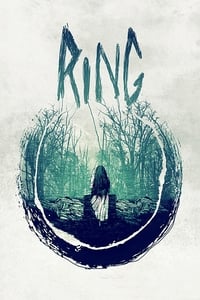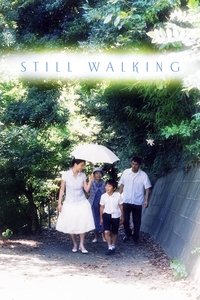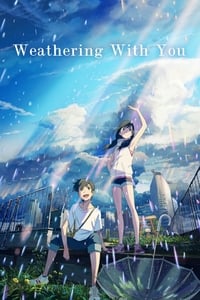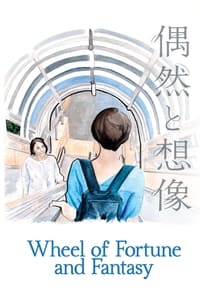Japanese Cinema – Tradition, Modernity, and a Focus on Humanity
The Pioneers (1897 – 1919)
Japanese cinema began in 1897, almost simultaneously with Europe. Influenced by traditional theatrical forms such as Kabuki and Bunraku, it quickly distinguished itself through the use of benshi—narrators who provided live commentary for silent films, creating a hybrid experience between cinema and stage performance.
These early years saw the emergence of jidaigeki (historical films) and dramas inspired by theater, produced by local companies before the rise of the major studios.
The Pioneers
The 1920s–1930s: Structure and Constraints
In the 1920s, the industry became more structured with the creation of major studios like Shochiku, Nikkatsu, and Toho, which alternated between melodramas, comedies, and historical films. Yasujiro Ozu and Kenji Mizoguchi began to develop their own personal styles: Ozu favored minimalist family dramas, while Mizoguchi explored the condition of women.
Military censorship in the 1930s and during the war stifled creativity, but cinema remained a major cultural tool.
The 1920s–1930s
The 1950s: The Golden Age
After World War II, the 1950s marked the golden age of Japanese cinema, acclaimed on the international stage. Akira Kurosawa created epic masterpieces (Seven Samurai, Rashomon), Ozu produced intimate dramas (Tokyo Story), Mizoguchi delivered poetic works (Ugetsu), and Masaki Kobayashi made his mark with socially engaged films (Kwaidan, The Human Condition).
This decade defined the artistic identity of Japanese cinema and left a lasting influence on world cinema.
The 1950s
The 1960s–1970s: New Wave and Popular Cinema
The 1960s saw the emergence of the Nuberu Bagu (Japanese New Wave): a more political and experimental cinema led by Nagisa Oshima, Shohei Imamura, and Seijun Suzuki, who questioned modern Japanese society.
At the same time, popular cinema thrived: samurai films, comedies, stylized crime movies, and the early works of future animation masters like Hayao Miyazaki and Isao Takahata.
The 1960s–1970s
The 1980s–1990s: Diversification and Global Recognition
The 1980s and 1990s marked the diversification of Japanese cinema. Animation conquered the world thanks to Miyazaki (My Neighbor Totoro, Princess Mononoke) and Takahata (Grave of the Fireflies).
Auteur cinema remained strong with Takeshi Kitano (Sonatine, Hana-bi) and Hirokazu Kore-eda, heir to Ozu’s family sensibility. Genre cinema gained international renown with Japanese horror: Hideo Nakata (Ring, Dark Water).
The 1980s–1990s
Since 2000: Modernity and Plurality
Contemporary Japanese cinema remains rich and diverse. Animation captivates a global audience thanks to Makoto Shinkai (Your Name, Suzume). Kore-eda continues his humanist works (Shoplifters, Palme d’Or 2018).
New voices have emerged, such as Ryusuke Hamaguchi (Drive My Car, Oscar for Best International Feature Film 2022), while genre cinema and animated epics continue to attract a wide audience.

